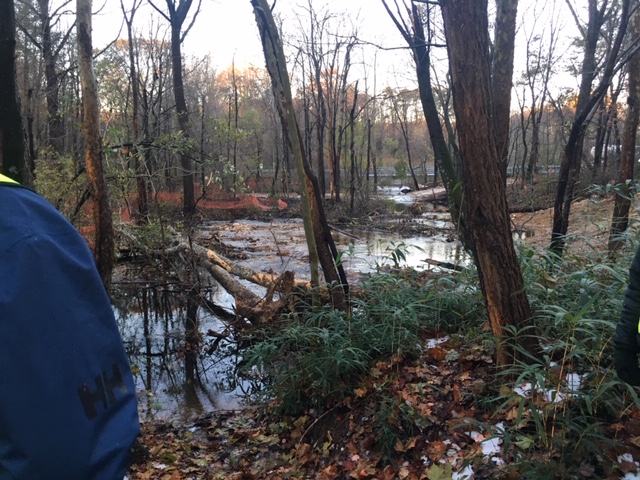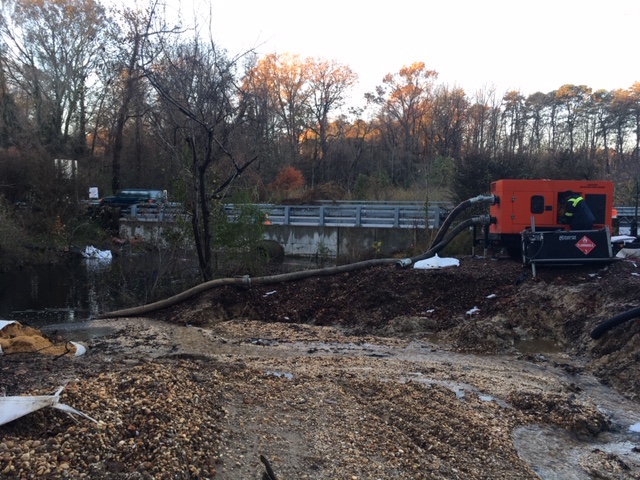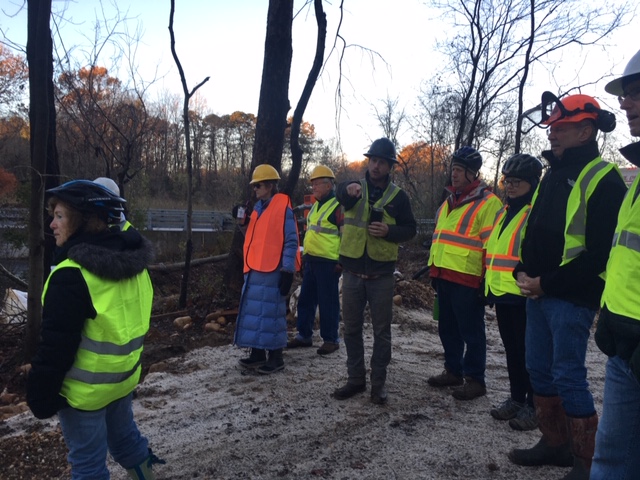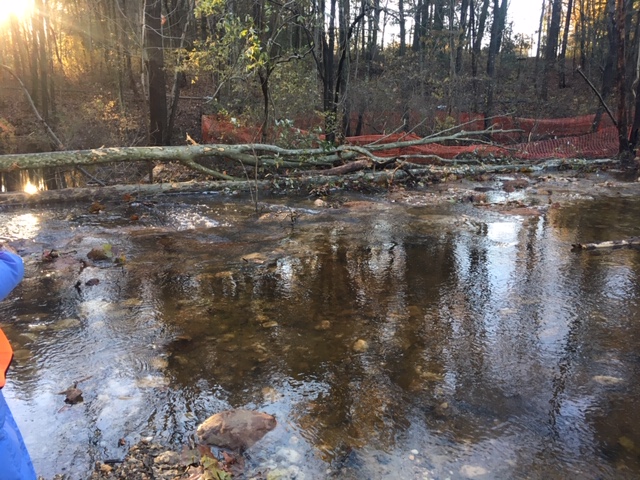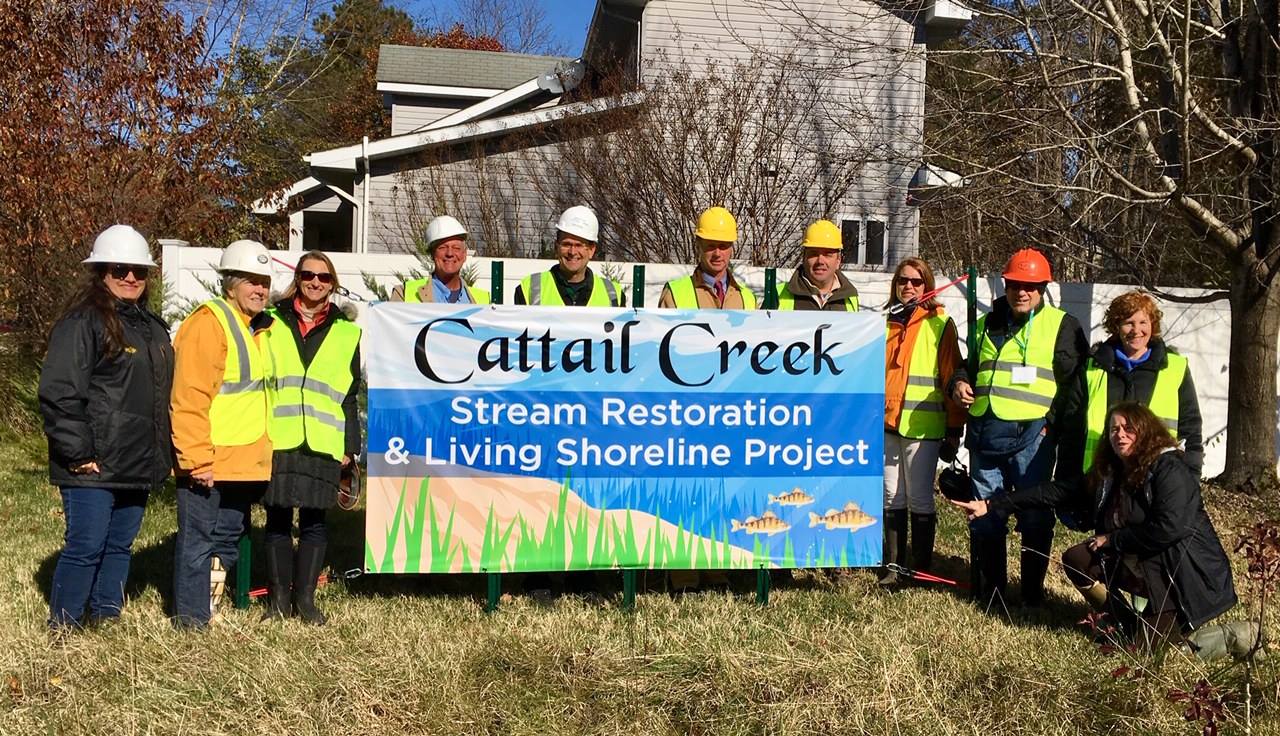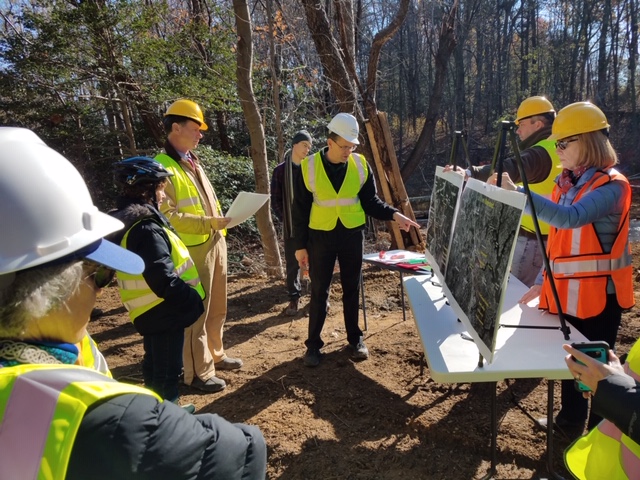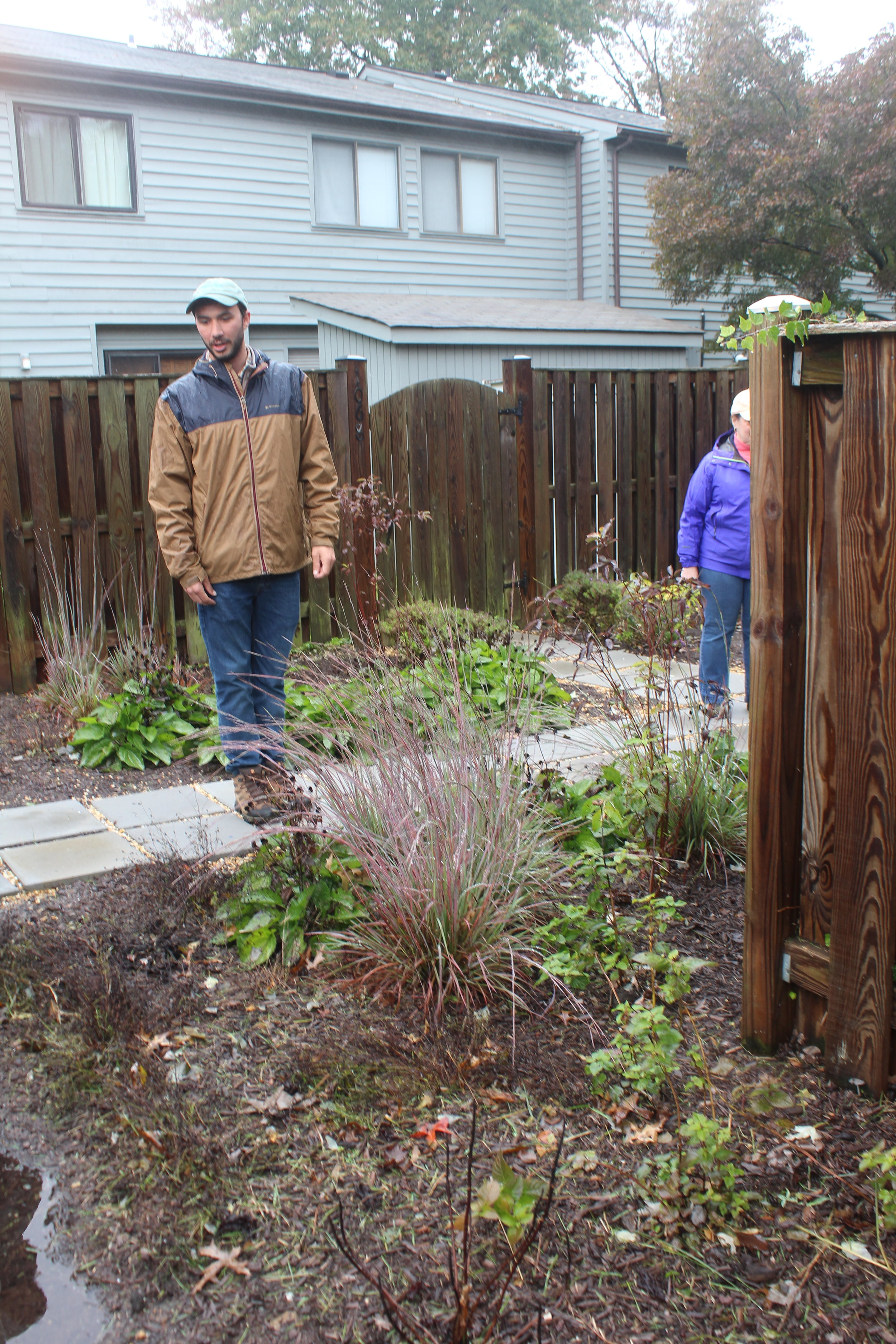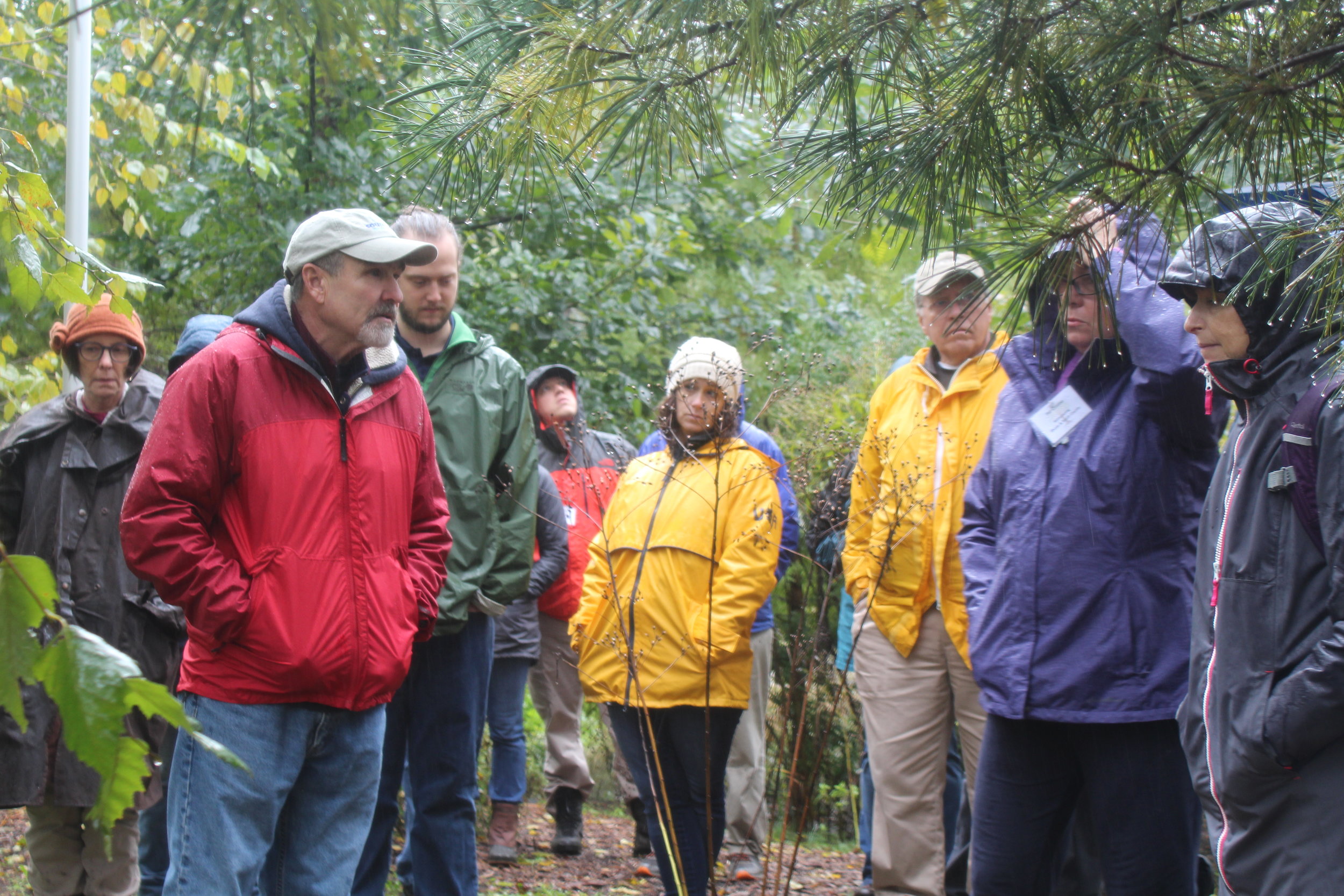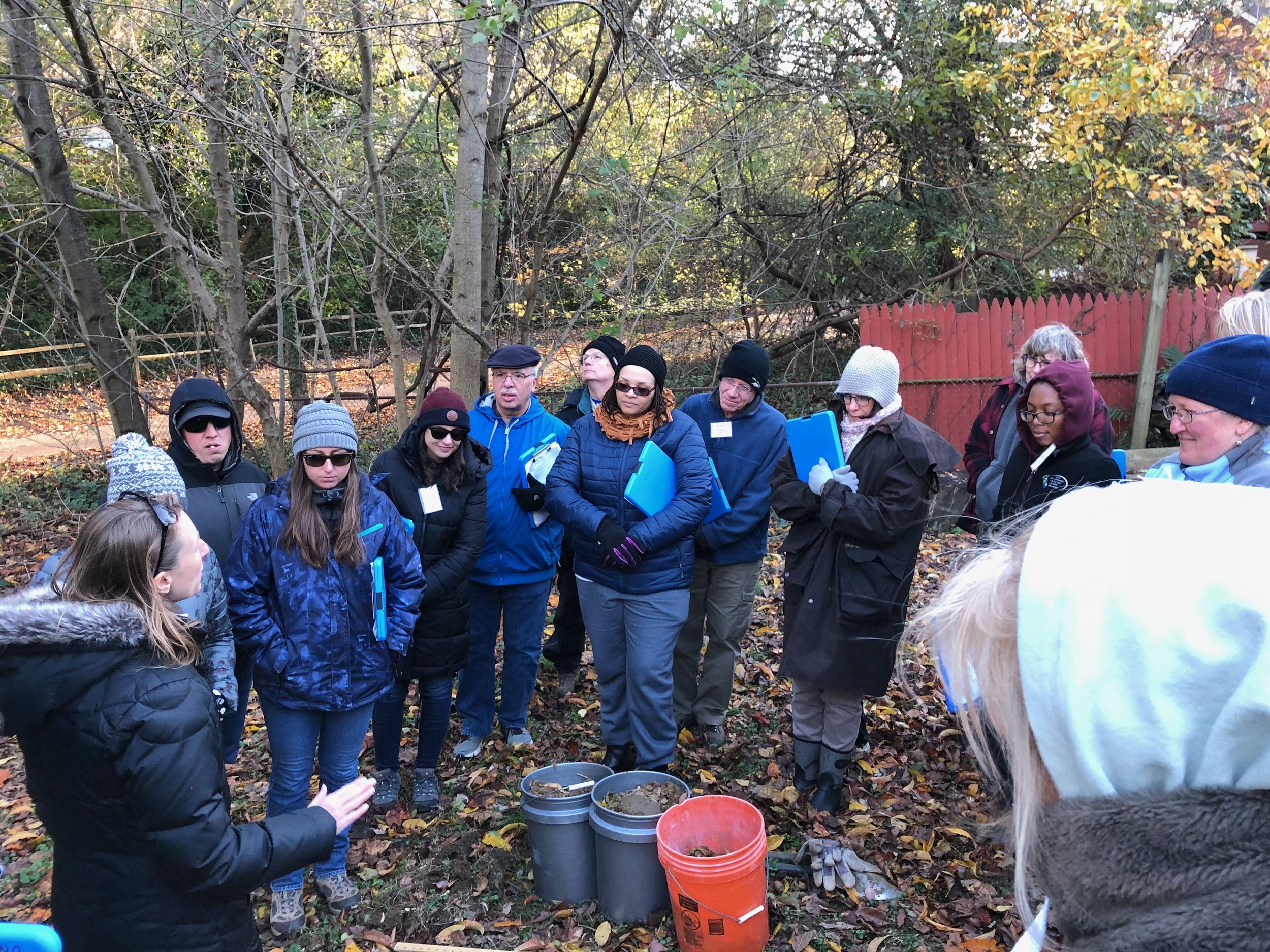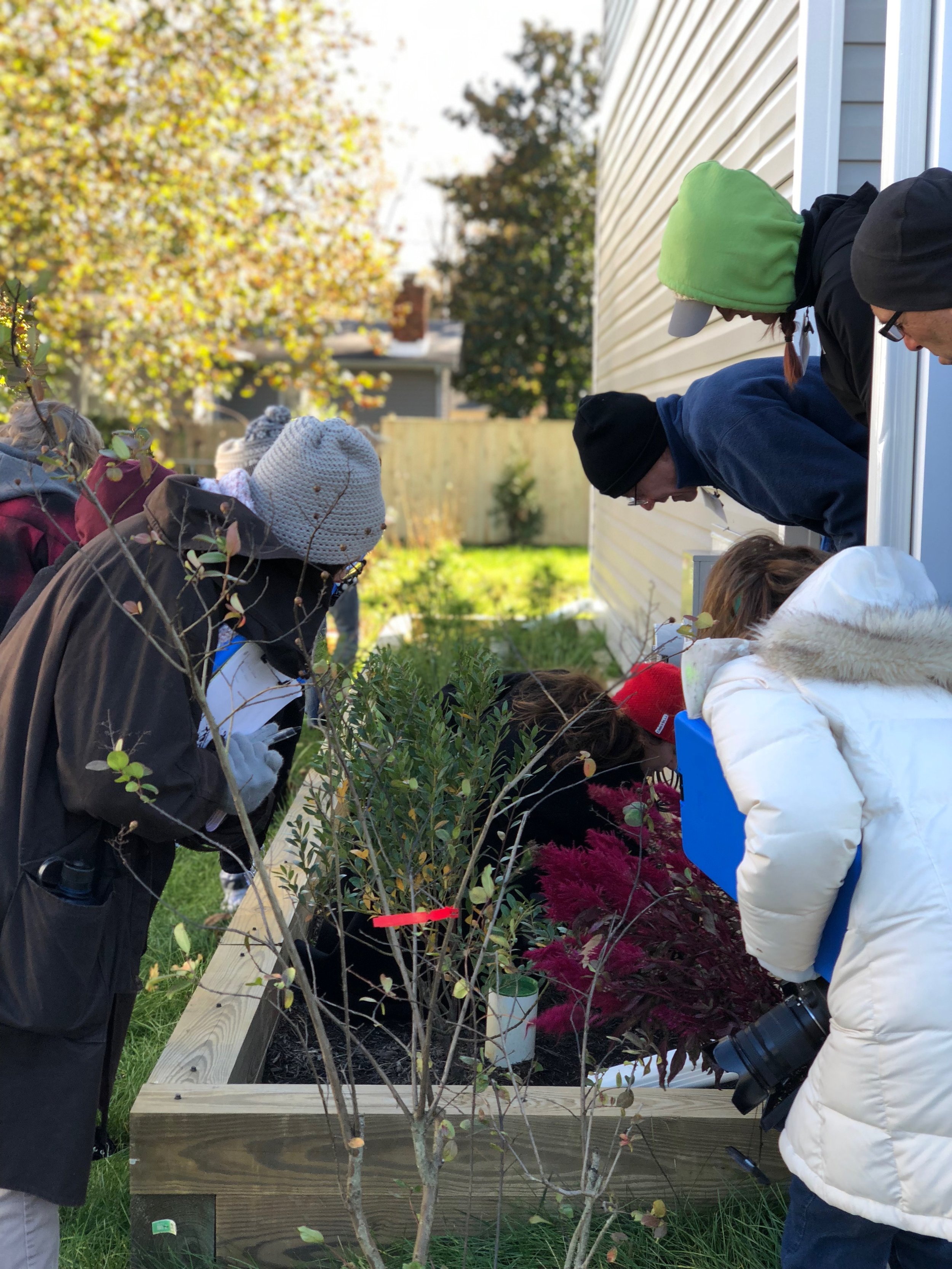Along with most of the environmental community, we are saddened at the passing of Dick “Ivy” Lahn, WSA Consortium Member, founder of String of Pearls and extraordinary environmental advocate.
I first met Dick when he was organizing stormwater project in Crofton in 2006. Dick, along with his sidekick, Ann Pearson, was trying to demonstrate how people in Crofton could very easily intercept water from their own roofs and driveways and keep it from getting into nearby streams. We sat together for several hours in front of a computer making maps of the Crofton area and its watersheds to be posted at the local library.
Over a decade later, Dick remembered that day, and remarked on it just a few months ago at WSA’s 10th anniversary celebration at Mayo Beach Park. This was so characteristic of Dick - to recognize and thank others for their role in HIS work. Rather than take credit, Dick was always looking for ways to build others up; to acknowledge with gratitude the efforts of others.
There are many kinds of leaders in the environmental movement. Dick was not a “take charge” leader or one to relish the spotlight. Instead, Dick led with humility, focusing on a vision of people working together to make change. His way was to exuded so much love and gratitude toward people doing good things that we just could not help but do more of those good things.
A great example of his gratitude-centered leadership is his String of Pearls project. If you are not familiar with it, check it out.
Personally, I am so grateful to have had Dick as a mentor and friend. My life and WSA’s path has been altered by his gentle spirit and his passion for positive change. Today, I remember Dick and am reminded to consider his “gratitude-centered” leadership as I move into the holiday season. Thank you Dick, for all you have given. We will miss you.
Suzanne Etgen
Master Watershed Steward Amy Clements with Dick Lahn at WSA’s 10th Anniversary Kickoff Celebration




